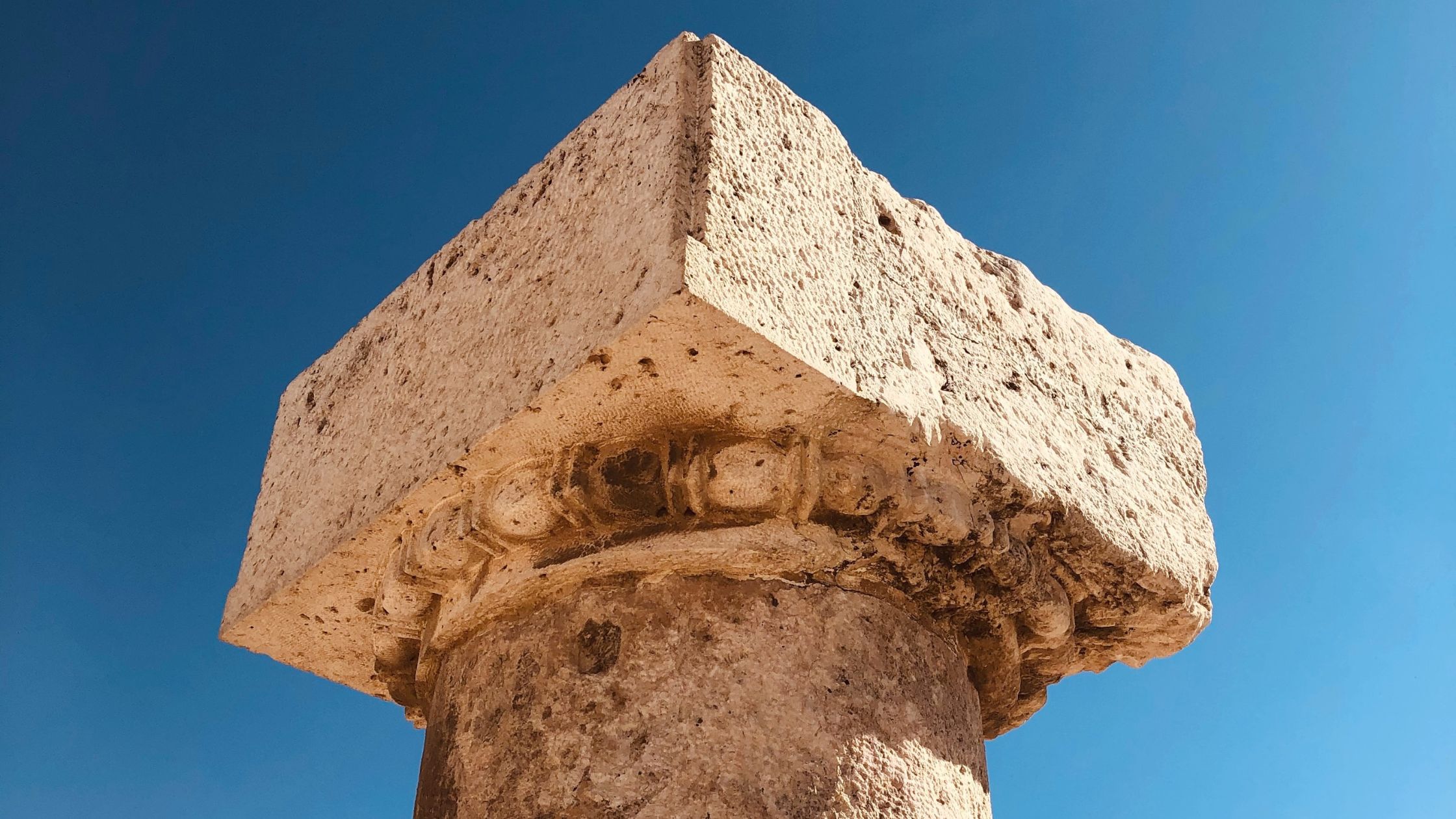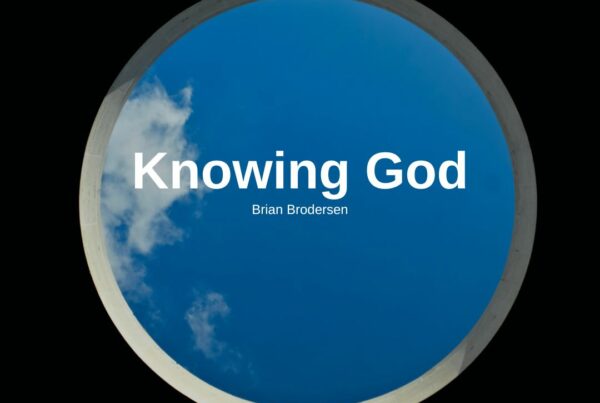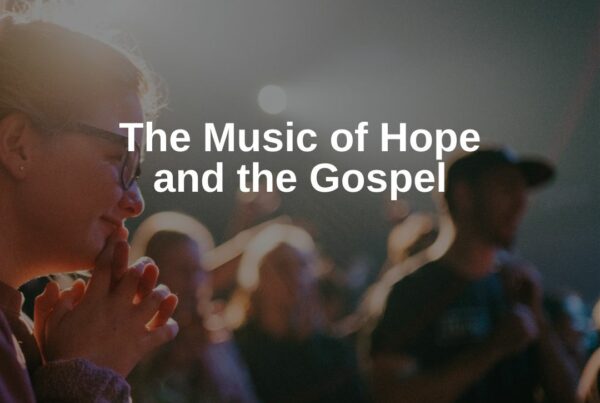
This article was supposed to be about John Chrysostom and the historical roots of expositional preaching. It is not.
It did not take me long to realize that I had seriously underestimated the time and effort it would take to really understand John as a preacher. I was in over my head as I thought that I could do a couple of days of research and then write a stellar article about him being the first expositional preacher. Ha! As a little boy I know always says, “silly me.” John wrote volumes and volumes and the number of his sermons that are preserved are staggering. And that is only what he wrote! Countless people also wrote about him.
I have seen icons depicting him holding a Bible or a scroll, looking solemn and stoic in churches and on peoples walls, but never knew why he was holding them, and then I learned that he taught verse-by-verse through books of the Bible in the late 300’s B.C. in the High Church, which intrigued me. Before this, I had thought that expositional teaching was the brain-child of the protestant church. There are biblical examples of this style of teaching, which I was aware of, going all the way back to Moses. But outside of the biblical narrative, I thought it was a protestant thing. John’s hundreds and hundreds of preserved sermons proves that wrong.
Expositional Teaching in the Late 300’s B.C.
He loved teaching the Word of God and used it as a tool to help people move closer to God. He explained the scriptures in a plain way so that his congregation could understand the Gospel. He did this until his death, and eventually his extraordinary preaching and living out what he preached was recognized by the church and he was made a saint both in the Catholic and Orthodox churches and given the name Chrysostom, which means, “golden mouth.”
In the part of the world that I live in, saints play a major role in the Orthodox Church, one of them being that each family has a patron saint who has one calendar day each year dedicated to his remembrance. On this day, people take work off, prepare an elaborate feast, and invite friends over to eat and drink. Some of these celebrations have many guests and some only a few close friends, some are celebrated over several days and others just on the day of that saint.
But no matter the details, the celebration always happens. Each patron saint is passed down from father to son, and so in that sense it continues as long as the family line does. There are specific traditions to be followed on this day, both by guests and hosts. I have had the opportunity to attend many of them, including the celebration of John “Golden Mouth.” Each of these celebrations are very similar, the biggest difference being the person depicted in the icon on the wall.
While I like attending most of these kinds of celebrations because of the social aspect, they have very little to do with the actual saint. When I was invited to and attended the celebration of John Chrysostom, I left with exactly the same amount of knowledge of him as I came with. He was not talked about nor was anything about him called to remembrance in a concrete way.
The event was just a tradition, not a teaching moment, and was devoid of anything truly spiritual. John loved scripture and teaching it. So to be remembered, but in no connection with what he loved and what he stood for, was and is disappointing. Something was missing. We were celebrating something that we knew nothing about. At least I was.
Aversion to Keeping Traditions
The overwhelming emphasis the Orthodox Church puts on keeping traditions in general has led many born-again believers I know to have a strong aversion to anything that even resembles tradition. I am also in that group, but for the opposite reason. I have never been a part of a church with lots of traditions and do not see the need for them in my life.
This aversion was never challenged until a couple of months ago when someone shifted my perspective about the role that tradition and liturgy has played in church history. This person shared this analogy. The gospel is like a beautiful diamond and over time it had to be protected, so a box was made to put it in to keep it safe. That box was tradition and liturgy. They were meant to preserve the diamond that is the Gospel from outside forces, such as the Ottoman Empire which sought to stomp it out by the sword.
In this it succeeded, but slowly over time things changed until eventually the unthinkable happened. The box was closed, hiding the treasure inside. What remained visible was only the secondary things: tradition and liturgy. This tragedy is clearly seen today as most who hold the box have no idea what is inside. They do not know the beauty and life-changing truth of the Gospel, only the burden of carrying the box. The box becomes heavier and heavier as the traditions multiply and with it the guilt of falling short until finally they throw the entire box away, never having opened it.
Our task, he challenged, then becomes to compel them to open the box because once they realize what is inside by seeing it (the diamond), the box will be put in its place automatically. It will fade away in the beauty of the sparkling jewel.
The Analogy of a Closed Box
I suggest that this analogy also applies to John Chrysostom and the saints as they have suffered a similar fate. They have also become a shut box, hiding the very thing they sought to make known. John preached, persuaded, and pleaded with his congregation to be in right relationship with God and to live a life worthy of the name Christian. He spent himself trying to point people to the truth of the Gospel by explaining the written scriptures in a way that every person could understand, and he was skilled in doing this.
He held the Gospel out to others and defended it when attacked. But slowly over time, he and the others like him were used for a purpose that they were never intended to be used for. He was hailed a saint and a preacher without equal. But over time, most forgot what it was that he preached. The box was closed, a fancy dinner becoming the main thing, leaving the Gospel he so dearly loved locked away out of sight.
Opening the Box
This is not just a bummer. It needs to change, but in the process of realigning I am not sure that we have to throw the box away. Maybe it can be restored to its rightful place, just as the Gospel is returning to hers. As the box is opened, the diamond will shine and it will mesmerize. It will capture the searching heart, even if it is in a box. The only thing that matters is that it is opened.
That box makes me uncomfortable, if I am honest, and would go as far as to say that in my own life it is not needed. But not everyone is like me. They have been holding that closed box for generations, and it has become precious to them. To pry it from their hands would feel just the same as it felt when the Ottoman Empire tried, even if our motives are different. Force is not the way of wisdom.
What that man was trying to share is that wisdom is to recognize the honorable role that the box has played in history and then to gently open it, even if just a crack. The glory of the diamond will do the rest. It will sparkle even if that box has been closed for centuries. It has not changed. It was cut to perfection already. All it needs is a little light for its splendor to be revealed.
The obvious questions follows, how do we go about opening the box? This is a good and difficult question. I have some ideas, not a fix-all, end-all answer. I doubt there is only one right way to do it. Each person’s box might look a little different after all. Is their box made up of the traditions of saints being mediator to God, instead of Jesus? Or is it that being baptized as a baby into the church guarantees salvation? Maybe it is that the work of keeping traditions ensures salvation?
Each of these require a different approach, a different way of opening if you will, which means that we need wisdom: heavenly wisdom to boldly and gently open each box in the most appropriate way. It might be best done slowly over time, but then again sometimes it should be flung open, if the opportunity arises. One thing is for sure, we cannot muster up this kind of wisdom on our own, but we can ask for it.
Asking for Wisdom
That is what James tells us in his epistle. If we need wisdom, ask. It is that simple! Ask and then patiently wait for Him to answer. He will, and even if we are unsure about the exact science of how to get the lid open, we can be confident that Jesus is a good place to start.
The beauty of the life and work of Jesus is the Gospel. He is the diamond. Talking about Jesus, digging into His life through study of the scriptures, assimilating His paradigm through prayer and allowing it to shape your decisions and desires, openly, bravely following Him with all the failures and imperfections that will inevitably come and humbly admitting when we get it wrong, leaning into a loving community that will spur us on through encouragement and rebuke are all ways to crack open someone’s box.
Even when cracked open, embrace of the diamond will not always happen. It may be closed again and in that way the diamond rejected. That is a choice each heart makes for itself, but at least they will see the options clearly. At least they will see the diamond in all its glory and choose for themselves. Also, by giving this choice, by cracking that lid open, we can preserve the integrity of the saints like John Chrysostom by fighting for the same thing they fought for: to keep the magnificent Gospel visible for all to see; to keep the diamond in the light.







